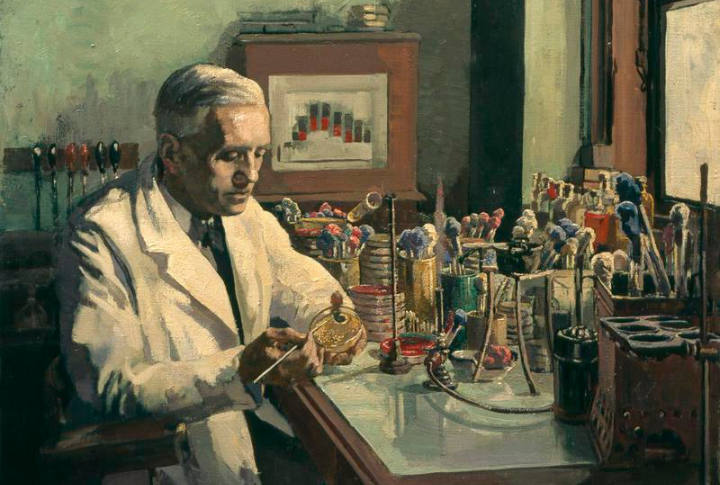
History isn’t just shaped by grand plans—it’s also rewritten by accidents, missteps, and unexpected twists. A wrong turn sparked a war, and a simple miscalculation changed global exploration forever. Some of these moments were happy accidents, while others came at a steep cost. Here are ten unexpected events that altered history in ways no one saw coming.
The Discovery Of Penicillin
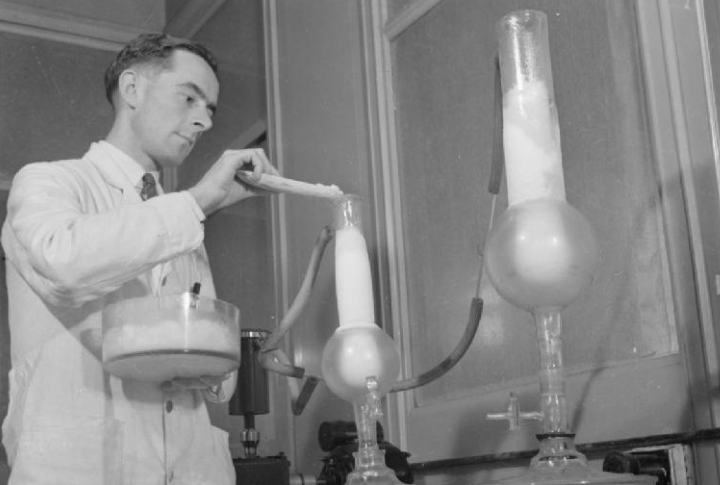
A contaminated petri dish altered the course of medicine in 1928. When Alexander Fleming returned from vacation, he noticed bacteria had disappeared around a strange mold. The mold, later identified as Penicillium notatum, became the world’s first antibiotic and has saved millions of lives from deadly infections.
A Wrong Turn Triggered WW I
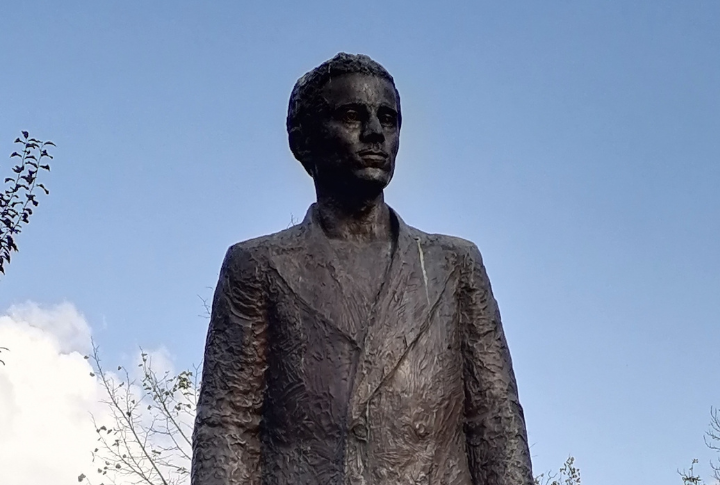
Gavrilo Princip had abandoned hope after missing his target. Meanwhile, the archduke’s driver mistakenly turned onto the same street where Princip stood. Realizing the opportunity, he fired, killing Franz Ferdinand. That single misstep sparked a chain reaction, ultimately sparking WW I in 1914.
The Discovery Of Microwave Cooking Was A Happy Accident
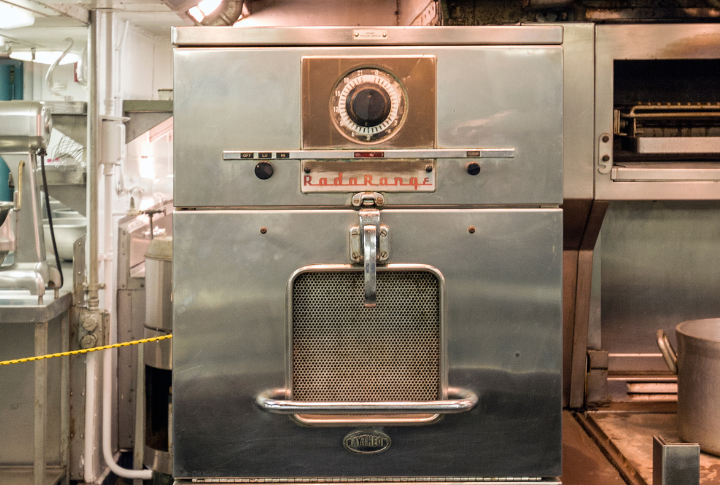
While testing radar equipment in 1945, Percy Spencer noticed a bar of chocolate melting in his pocket. Curiosity led him to experiment with popcorn and eggs; by pure happenstance, he proved it could cook food. His unexpected observation led to the invention of the microwave oven.
A Flawed Formula Created The Sticky Note

A failed invention stuck around—literally. In 1968, Spencer Silver aimed to create an ultra-strong adhesive but ended up with a weak, reusable one. For years, no one saw a use for it. Then, in 1974, Art Fry needed bookmarks for his hymnal pages. When he realized the glue could stick without damage, he turned the “failure” into Post-it Notes.
The Gold Rush Began By Pure Chance
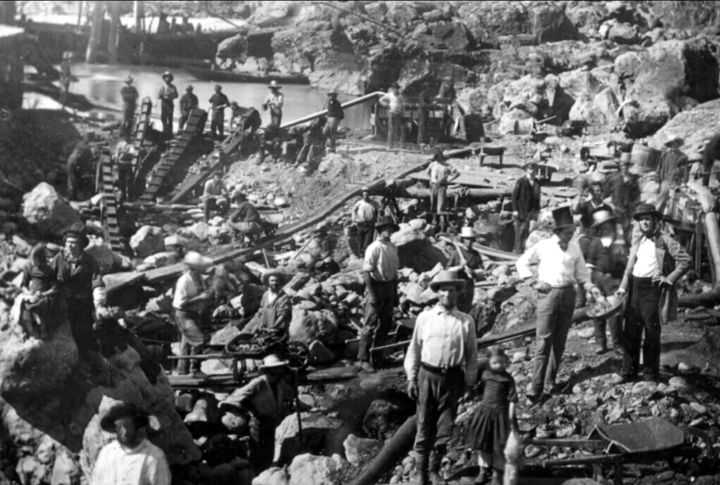
One of history’s most frenzied economic booms began when an unexpected gold rush reshaped America. As James Marshall worked at Sutter’s Mill, he noticed gold flakes shimmering in the water. His accidental discovery in 1848 sent 300,000 fortune-seekers westward and accelerated California’s statehood.
A Miscalculation Led To The Discovery Of The Argon Element

This tiny miscalculation exposed a massive scientific blind spot. While measuring nitrogen’s density in 1894, Lord Rayleigh and William Ramsay found an unexplained difference between atmospheric and pure nitrogen. Digging deeper, they isolated argon and uncovered a class of noble gases.
The Pacemaker Was Invented By Mistake

The first implantable pacemaker has extended millions of lives, but its creation was accidental. Wilson Greatbatch mistakenly grabbed the wrong resistor while designing a heart rhythm recorder in 1956. When the circuit unexpectedly mimicked a heartbeat, he realized the potential. This turned an error into a life-saving breakthrough.
Columbus’s Voyage Was A Mistake That Changed History
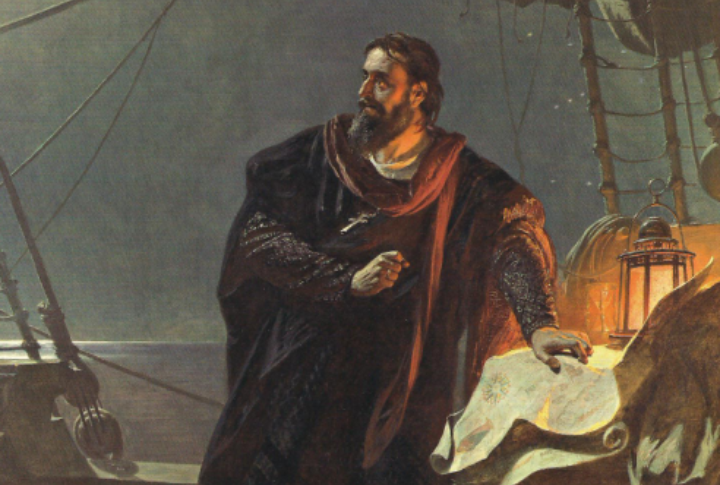
Columbus’s 1492 voyage, intended to find a westward route to Asia, was based on a miscalculation of the Earth’s size. Instead of reaching Asia, he landed in the Caribbean, inadvertently paving the way for European exploration and colonization. His journey led to the beginning of an era of global trade and the profound reshaping of indigenous civilizations.
An Apple Falling Inspired The Theory Of Gravity
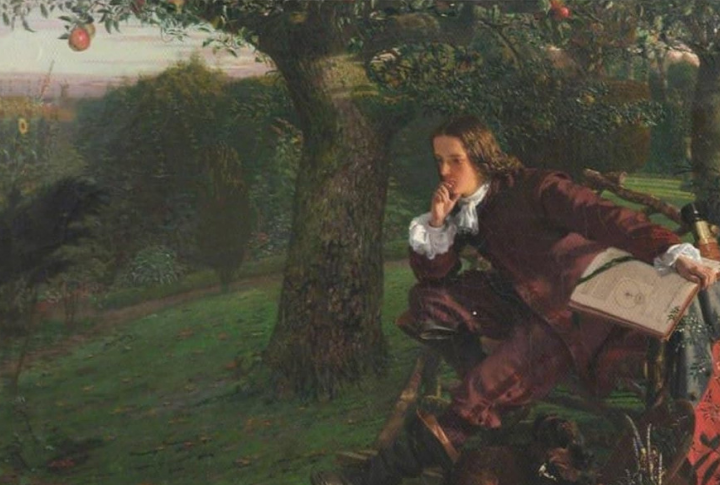
In the 1660s, Isaac Newton saw the fruit fall and wondered why everything moved downward. His curiosity led to the law of universal gravitation, explaining planetary motion, tides, and even why the Moon orbits Earth. A simple apple drop turned into one of science’s most significant revelations.
The Great Fire Of London Started From A Small Bakery
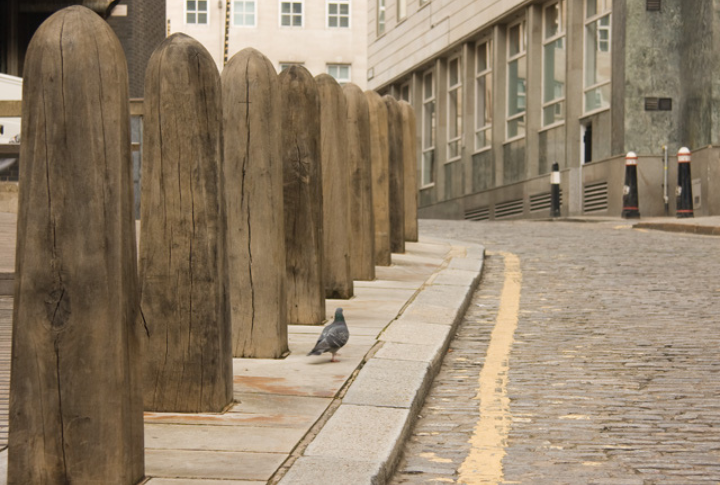
A spark in Thomas Farriner’s bakery ignited an unstoppable blaze in 1666. With wooden buildings packed tightly together, flames spread fast, reducing 13,000 homes and St. Paul’s Cathedral to ash. The destruction forced London to rebuild with fire-resistant materials and stricter building codes.

